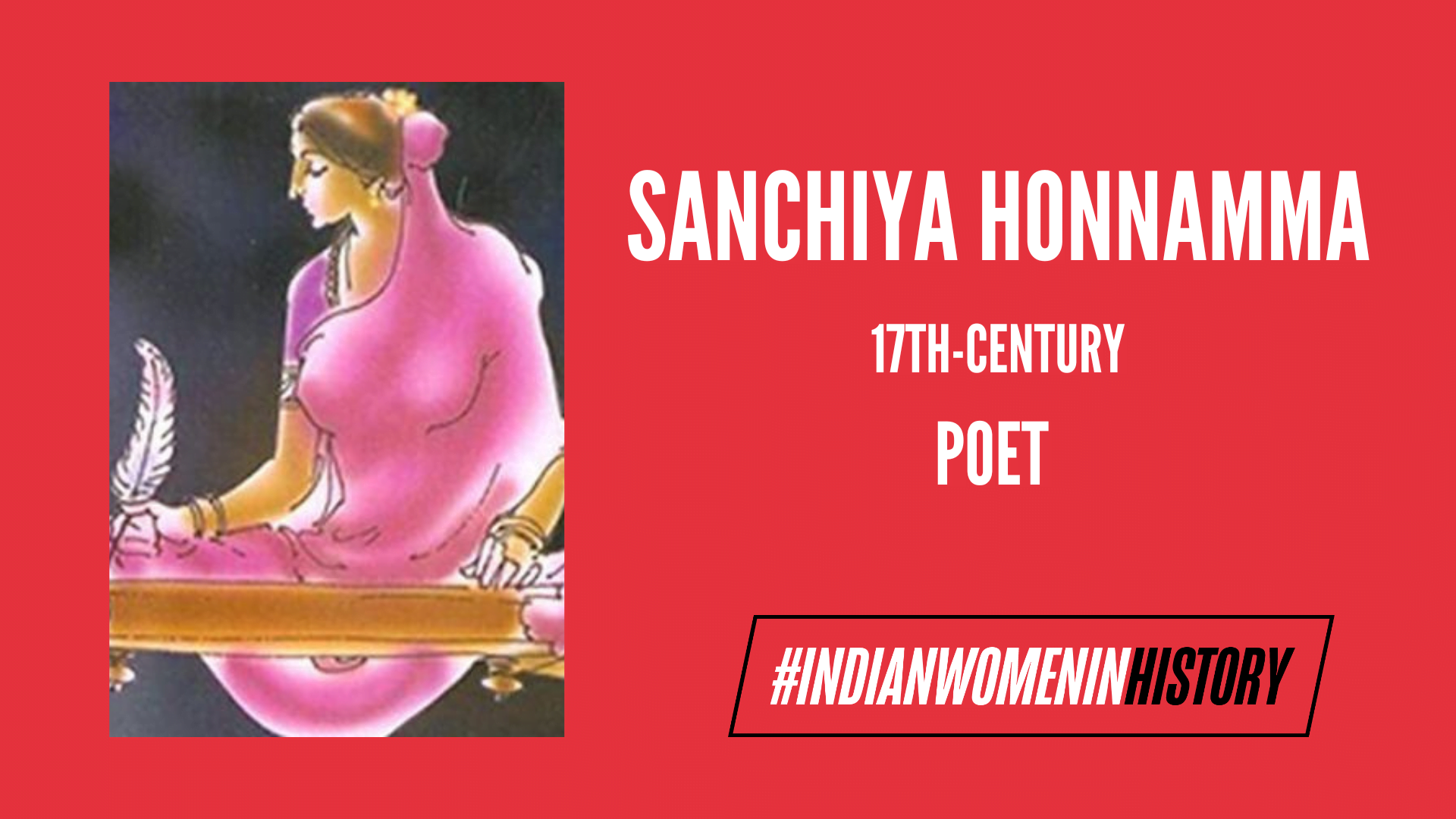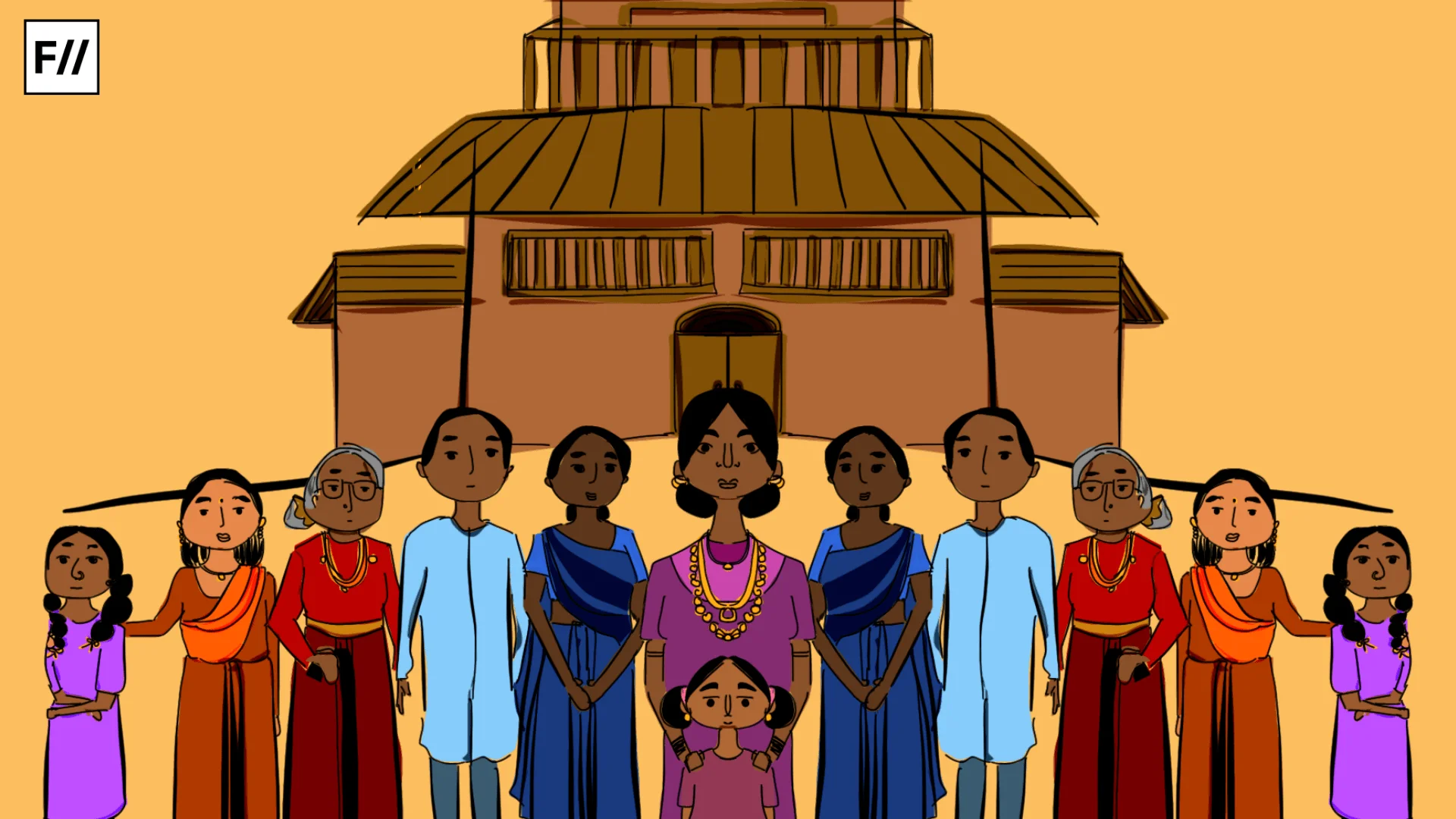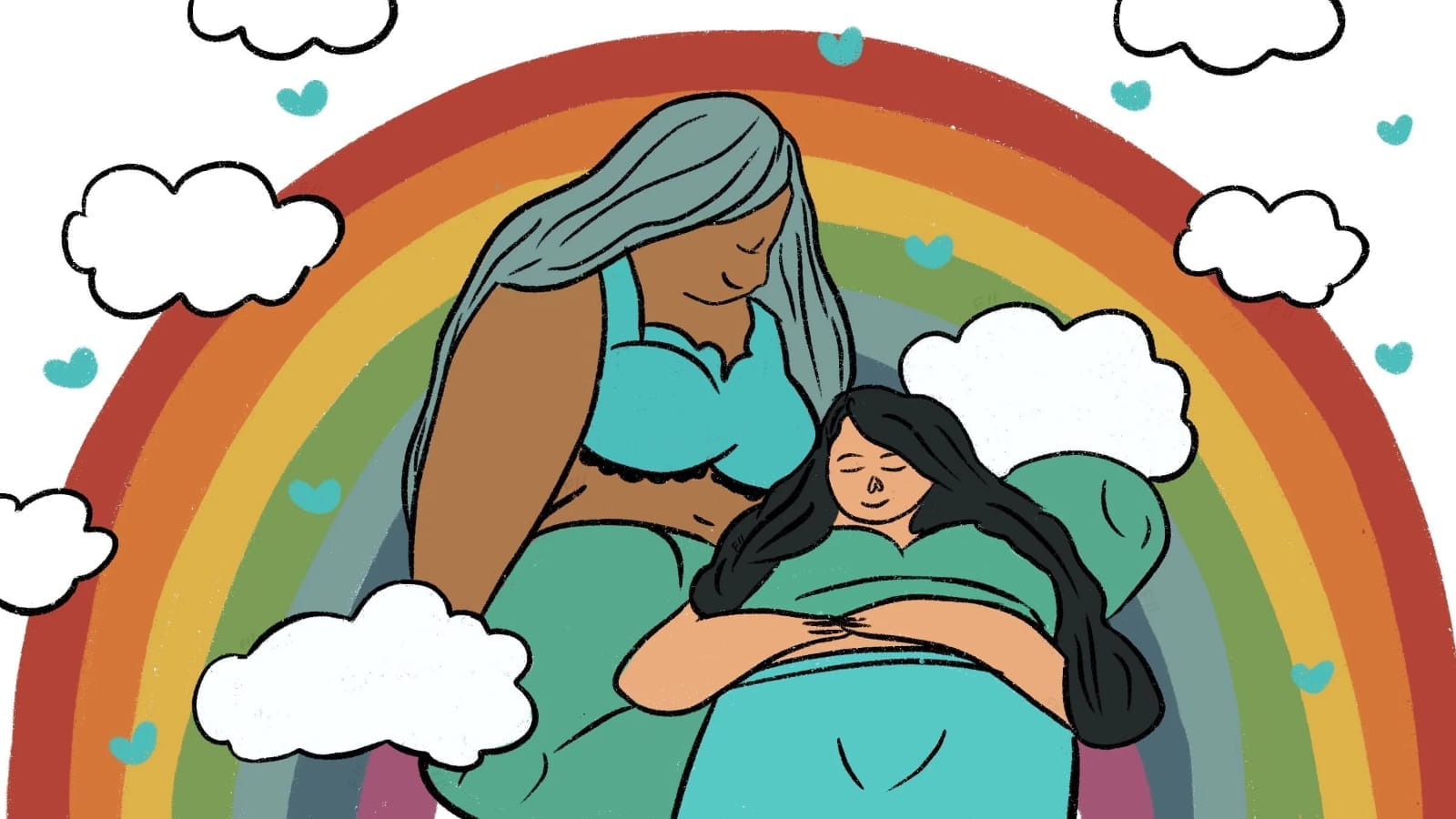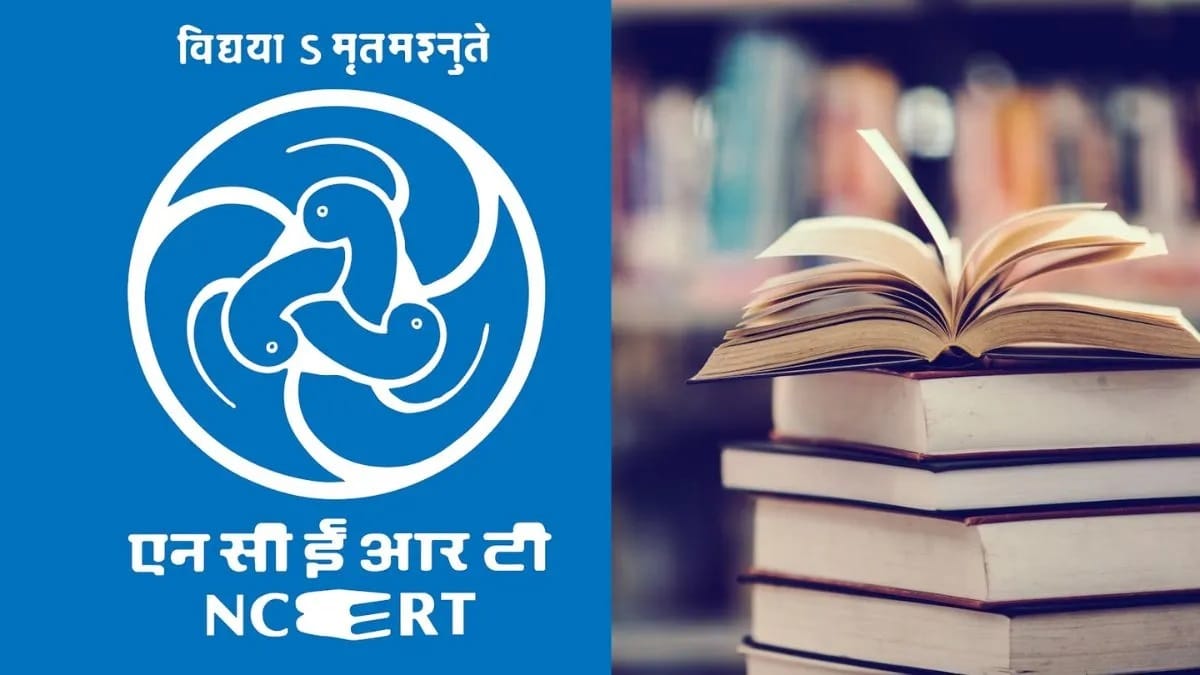In the chronicles of Indian history, within the brilliant patchwork of cultural richness and literary prowess, there is a woman whose contributions have been largely concealed by time. She belonged to the reign of Chikadevaraja who ruled Mysore from 1673-1704 AD. Sanciya Honnamma, a 17th-century poetess, stands out as a symbol of artistic expression and fortitude amid societal limitations and cultural revolution.
Sanciya Honnamma is a beacon in the often-overlooked landscape of female writers in 17th-century Kannada Literature. Unlike many of her contemporaries, Honnamma’s legacy has not been lost to time. She left behind a unique piece called “Hadibadeya Dharma” (The Duties of a Wife), a lengthy poem that advises women on navigating the intricacies of marriage.
However, Honnamma’s relevance extends beyond the contents of her work. Her very status as a published female poet in a patriarchal society calls into question the literary community’s perception of women’s marginalisation.
Life of Sanchiya Honnamma
Chikkadevaraya (1672–1704) of Mysore was most likely taught to read and write by one of the household poets. She was in charge of creating paan (betel leaves wrapped around areca nuts, quicklime, and spices) for Rani Devajamma and the royal household, as her nickname ‘Sanciya,’ is derived from the term for ‘bag,’ which refers to the paan-making kit. The royal pair recognised Honnamma’s literary talent and encouraged Aļahiya Singararya, a poet in the household, to take her on as a protégé.
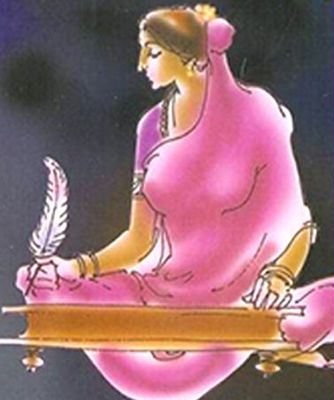
Under his instruction, she learned Sanskrit and Kannada classics, including the Bhagavad Gita, smritis, and shāstras. She authored in Kannada, and her most well-known work was Shadibadeya Dharma (Duties of a Devoted Wife).
Women’s experiences and viewpoints were rarely documented or integrated into popular narratives. Honnamma’s appearance as a published poet, even within the context of a prescriptive text, represents a challenge to this exclusion.
She was favoured in court as a result of this effort, which was hailed by court poets. Her songs are still being sung today. Their content is traditional, maintaining accepted norms, but they demonstrate sensitivity and perceptiveness that are lacking in many moralistic writings. Aļahiya Singararya referred to her as the ‘goddess of poetry.’ Honnamma’s prose alone is comforting, with its distinct grace.
The socio-political landscape: A period of change
The 17th century in Karnataka was a time of political and cultural development. The decline of the Vijayanagara Empire resulted in the emergence of lesser kingdoms, including Mysore. This century saw a rebirth of Kannada literature because of royal patronage. Nonetheless, masculine voices continued to dominate this literary arena.
Women’s experiences and viewpoints were rarely documented or integrated into popular narratives. Honnamma’s appearance as a published poet, even within the context of a prescriptive text, represents a challenge to this exclusion.
Honnamma, a poet
She was a palace courtesan, studied at a beauty salon, and became a poet after writing the poem “Hadibadeya Dharma.” The “Hadibadeya Dharma” is a guidebook for homemakers. This poem reads like counsel given to a woman who has a happy family life with her husband. This ethical poetry is made in Sangatya after gathering all of the data from Dharmashastra so that Kannada females can understand it. This composition, which contains 9 stanzas and 420 poems, is well-known for its poetic beauty and strong feminist viewpoint.
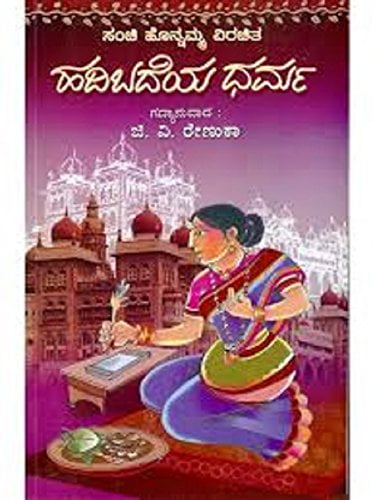
However, assessing Honnamma simply based on modern feminism may be out of date. Within the constraints of her period, she may have used the existing structure to provide practical advice and empower women to negotiate a tough social environment. Among them, Honnamma learnt Kannada and Sanskrit, and her teacher commended her as the “Sarasa Sahitya Adhidevata.” With support, Honnamma constructed “Hadibadeya Dharma,” which reflects her intellectual background.
Honnamma chose neither Bhakti nor revolution. During her day, it was common for writers to portray women’s suffering as a natural result of their immoral existence. Honnamma’s verses emphasised the diverse roles women play in society, including their importance as mothers and wives. Her work is significant for promoting consciousness through her poems. Honamma engaged in reasonable protest by debating the women’s issue rationally.
Honnamma was a conventional thinker who supported the king and the social norms of the day. She openly expresses the struggles of women in a patriarchal environment.
“Wasn’t it woman who bore them,
Wasn’t it woman who raised them,
Then why do they always blame woman,
These boors, these blind ones?“
A legacy of voice and the importance of revaluation
Sanchiya Honnamma’s significance extends beyond the content of her work to her very existence as a published female poet. Her voice, however distinct, attests to the presence of women’s creative contributions in an era when they were mainly neglected.
While “Hadibadeya Dharma” may appear to be a product of its time, a deeper look reveals a possibility for subtle subversion. Honnamma’s work encourages more investigation into the lives and accomplishments of women writers who have hitherto been overlooked.
Honnamma’s work continues to influence contemporary scholars and writers. Her tale emphasises the significance of reclaiming and appreciating the contributions of historically marginalised female writers. Her status as a published poet opens the door to greater investigation into the lives and accomplishments of other underappreciated female poets, encouraging a more comprehensive view of literary history.
Sanchiya Honnamma exemplifies the enduring power of artistic expression. Despite the limits of her era, she carved out a niche for herself in the male-dominated realm of Kannada literature. “Hadibadeya Dharma,” while seemingly traditional, contains moments of subversion and challenges the prevalent narrative of the time. More importantly, Honnamma’s status as a published poet challenges the marginalisation of female voices.
Honnamma’s narrative goes well beyond her career. It emphasises the significance of rediscovering and recognising the contributions of female writers throughout history. Her success as a published poet opens the door to investigating the lives and works of other underrepresented women, promoting a more comprehensive perspective of literary history. Sanchiya Honnamma left a legacy of perseverance, reminding us of the struggle for artistic expression and the enduring power of a single voice.
References:
- https://iqac.keralauniversity.ac.in/docs/Ebook-Daughters-of-Kali-final.pdf
- https://www.cur.ac.rw/mis/main/library/documents/book_file/digital-65ce1918e4a633.87959970.pdf
- https://www.mynation.com/india-news/mannkibaat-how-sanchi-honnamma-inspired-pm-narendra-modi-q00x71
- https://kn.wikipedia.org/wiki/%E0%B2%B9%E0%B2%A6%E0%B2%BF%E0%B2%AC%E0%B2%A6%E0%B3%86%E0%B2%AF_%E0%B2%A7%E0%B2%B0%E0%B3%8D%E0%B2%AE
- https://timesofindia.indiatimes.com/india/karnataka-assembly-elections-9-centuries-on-akka-mahadevis-daring-life-resonates-with-women-writers/articleshow/63968424.cms
About the author(s)
With a passion for storytelling and a keen interest in human behavior, Iti Dewangan is currently honing her skills in journalism, psychology, and English Literature. Having contributed to esteemed organizations like The Wire, Iti is dedicated to amplifying voices, uncovering truths, and making a positive impact through her writing. With a vision to become a respected journalist, she endeavors to navigate the ever-evolving media landscape with integrity, empathy, and a commitment to truth.
